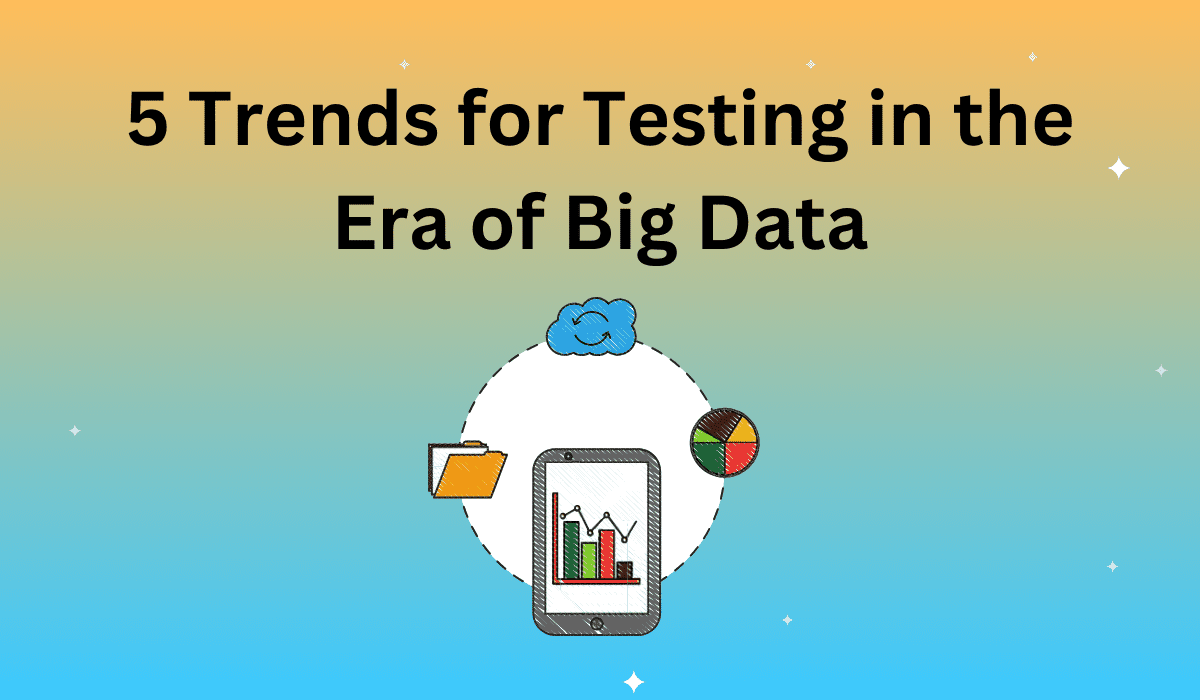In the last decade, data has virtually exploded (pardon the pun), sending shock waves through the entire tech industry. Big Data applications have arrived at the scene on a kind of rescue mission–a way to capture, store, search, and analyze the data blowup many e-businesses are experiencing.
According to Gartner, Big Data’s defining characteristics are Volume, Velocity, and Variety. Information comes in from multiple channels and in many formats–factors that rule the development and testing processes for Big Data applications. A proper and thorough understanding of these characteristics is critical to successful testing.
Big Data applications can differ both in nature and complexity–and they shouldn’t be compared with traditional applications like websites and client-server applications. The testing process for Big Data applications was necessarily developed with these challenges in mind.
There are some basic components to check before you define your plans for testing a Big Data application:
-
The source and format of the data
-
The data volume
-
The speed of data generation
Once you’ve nailed down these factors, you’re ready to go through the major steps in testing your Big Data application:
-
Preparing the data (both sample and actual) for testing
-
Testing individual components
-
Testing the entire application
-
Testing the application for reliability and performance
With these concerns in mind, let’s take a look at 5 emerging trends for testing Big Data applications.
Emerging Trends for Testing in the Era of Big Data
-
Live data integration testing. For today’s Big Data applications, there’s significant demand for capturing live data for analysis in real time. Since this requires clean and reliable data–which is likely coming in from multiple feeds–this task quickly becomes quite complex. Data quality should be tested thoroughly from source to destination for optimized analysis.
-
Instant deployment testing. Most Big Data applications are developed for predictive analytics, which depend on instant data collection and deployment. Since these forecasts can have a substantial impact on business decisions, comprehensive application testing is critical so that instantaneous deployment goes off without a hitch.
-
Scalability testing. As mentioned above, when we talk about Big Data, we are necessarily talking about huge volumes. Naturally, scalability testing plays an increasingly important role in the general testing process. In support of this task, the application’s architecture should be tested with smart data samples–and it should be able to scale up without compromising on performance.
-
Security testing. Security testing is another emerging trend for Big Data apps. Because Big Data is usually drawn from a variety of sources, and often confidential, security is essential. To ensure data security and personal privacy in an age when hacking threats are all too common, different testing mechanisms are applied to different layers of the application.
-
Performance testing. Big Data applications work with live data for real time analytics–so performance is key. Performance testing goes hand in hand with other types of testing, including scalability testing and live integration testing.
When it comes to all things tech, following trends isn’t disparaged–it’s a minimum requirement. Keep up with these 5 trends and you’ll be better equipped for testing Big Data applications.











